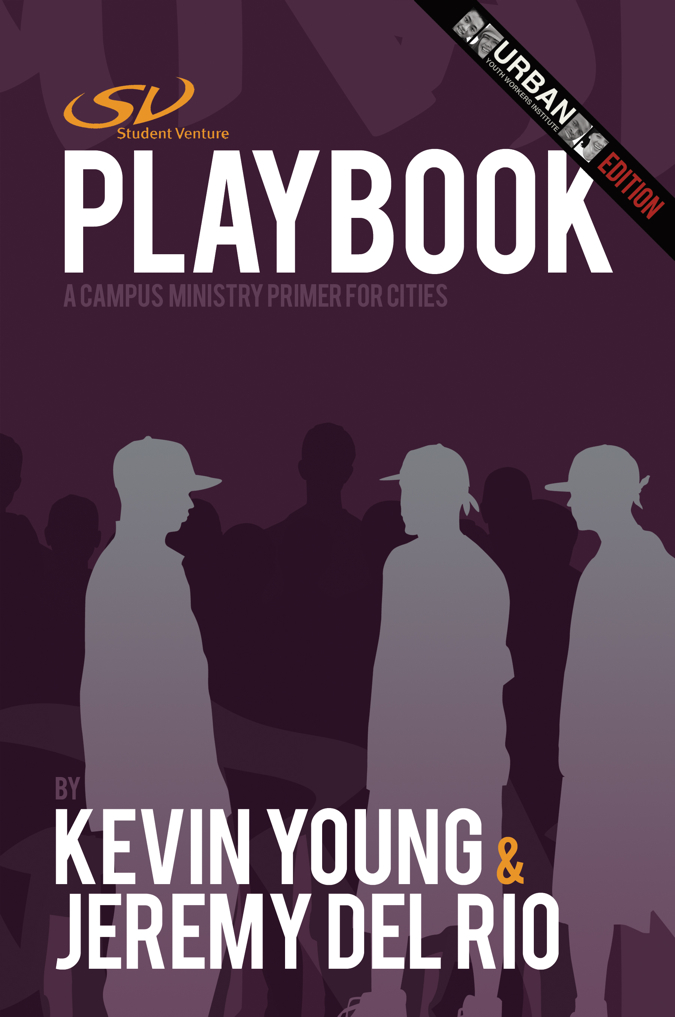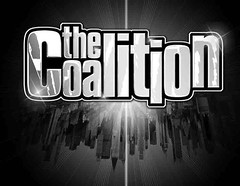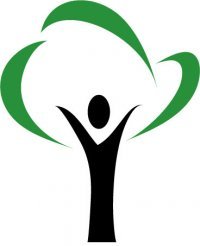« The Evangelical Crack-up | Home | Wednesday Weekly Webcast »
Tools for the Process (Bagged Lunch Morsel 6)
By Jeremy | October 30, 2007
Turn the Lights on
Turning the lights on means educating oneself about the realities of a community, beyond the obvious. • A tool for the process: Asset Mapping, a process that helps you to identify existing resources/services rather than merely looking at the negative aspects of your community.“Just imagine how communities feel when at the end of their needs assessment project, they find themselves confronted with a laundry list of all the things that are wrong with their local area. Rather, it suggests that community development should begin with a systematic assessment of the assets that exist in the community.â€Â• Contrasting the “Needs†vs. “Assets†approach to Community Development + Needs: Focuses on deficiencies; makes people consumers of services, builds dependence; Residents have little voice in deciding how to address local concerns + Assets: Focuses on effectiveness; identifies ways that people can give of their talents; seeks to empower people • What are the Assets/Resources in Your Community? The following are examples of community assets. 1. Your Church. If you are doing ministry in the context of a local church, this should be your first assessment as you determine what is available to you. Your church's community assets include its people, talent, facilities, and programs. Download “The Quick and Simple Congregational Asset-Mapping Experience†for a step-by-step guide. 2. Local Community Organizations and Businesses. Does your neighborhood have a Boys & Girls Club? A YMCA? A Salvation Army? A housing project community room? A public school gym? A public library? How can you utilize the resources or the facilities of these community organizations? Many organizations with great facilities lack the staff or ability to attract students. Collaborate. 3. Your Network. Who do you or your organization know? Don't prequalify someone's interest level before you speak with them. We all have friends who may enjoy supporting different programs financially. Start out with a small database of names of friends who may attend your church, grow it to include family, co-workers, business leaders and other friends who may appreciate the work you do with kids. Put together a regular newsletter that updates people on the programs/events and shares the stories of impact that your ministry is accomplishing. This list can be a great resource to call or mail a support letter, asking them to invest/donate toward a scholarship fund for camp or buy something for the youth room. This may start out small, but over time will grow. Consistent communication with your donor family is key, receipt and thank your donors each time they invest. Include a response card and ministry addressed envelope in each mailing, to make it easier for the person to respond. 4. Positive Youth Development. Your students are your greatest, and most often untapped, resource. More on this in Morsel 7. 5. Community Associations. Local business associations, neighborhood watches, tenants associations, unions, rotary clubs, advocacy organizations etc. 6. Local Government. Your city council, school board and other elected officials can be a great resource and a gatekeeper to local funds/donors. Create a profile of each of your elected officials; meet with their staff; and explore what discretionary grants and resources they influence. Also, recognize the influence of less obvious government officials, like school custodians who control access to the gymnasium, librarians, and police community affairs officers. 7. Community Donors. Identify and network local business owners, corporate sponsors, and potential individual donors beyond your existing network who might support the cause. 8. Local Foundations. Local foundations exist to support work like yours. Do the research, and meet the program officers. The Foundation Center, the Grantsmanship Center and other resources can help determine which local foundations support projects in your area, and offer online classes in grant writing and non-profit leadership skills. Also visit the websites of nonprofits similar to yours to see who their donors are.
Additional Asset Mapping resources
+ The Asset-Based Community Development Institute + CTCNet Guide: Access to ActionTopics: asset mapping, bagged lunch, community development, fund raising, strategic planning | No Comments »
Comments are closed.

 Welcome to the professional website and personal weblog of Jeremy Del Rio. Whether you're a client, friend, or curious onlooker, please don't stay a spectator. Engage the conversation. Your contributions matter here.
Welcome to the professional website and personal weblog of Jeremy Del Rio. Whether you're a client, friend, or curious onlooker, please don't stay a spectator. Engage the conversation. Your contributions matter here.

















